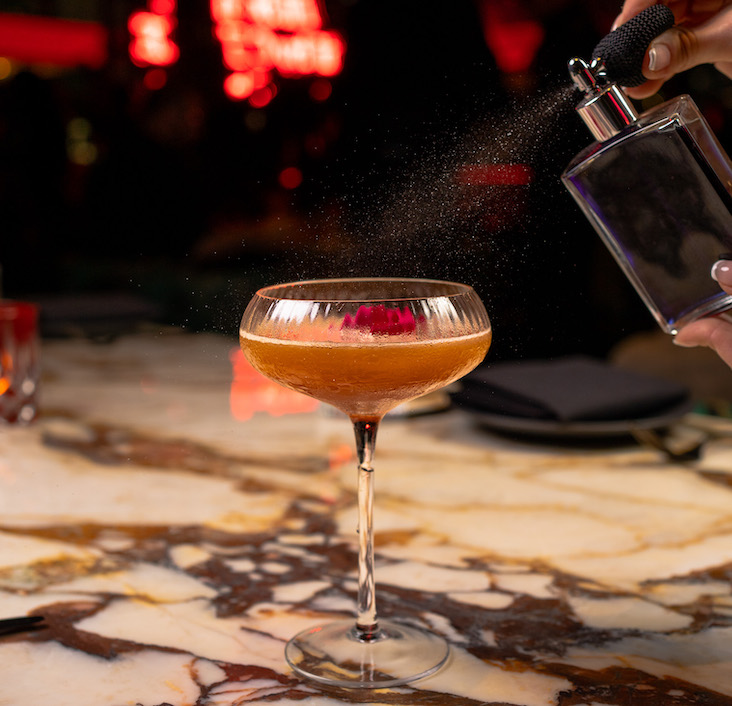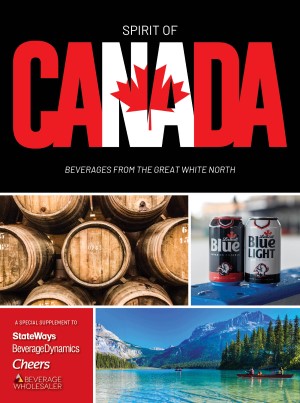By now most of us have had food delivered several times during this pandemic, either to support our favorite local joint or to provide a break from the monotony of cooking every single meal at home. As many restaurants evolve to maximize revenue associated with takeout, they’ve struggled to deliver on the customer experience and make a profit.
Third-party ordering and delivery platforms such as GrubHub, Caviar and Uber Eats have made ordering online ubiquitous, but at huge cost to restaurants. On those platforms, cuisine type and speed of delivery are the determining factors; every menu looks the same and restaurants aren’t differentiated.
So how is a customer to choose? Now more than ever, having a strong online presence is essential to building relationships with your customers at a distance.
What can a restaurant owner do to take control of their off-premise strategy? You need to start by improving your digital presence. Customer interactions begin online and on delivery apps; brand differentiation should begin there too.
It’s time for restaurateurs and bar owners to take a more comprehensive and careful approach to their online customer-facing experience and work on deepening their relationships with current and new customers directly.
Maximize your digital presence
Restaurateurs may not be web developers or social media experts, but there are still plenty they can do online to help pivot to delivery/pick up and grow a strong following to market to when seating restrictions are removed. Taking a bit of control back from the delivery companies and improving the online experience will drive revenue—and feel liberating.
Third-party delivery platforms may be unavoidable, but restaurants may have more control than they think. There are many ways these platforms can drive incremental revenue, such as prime placement, branding and promotional opportunities.
While some of these features incur incremental costs, it’s always worth understanding the offerings. Don’t forget that the third-party platforms are trying to differentiate themselves too; given their own competitive climate, some may be open to new ideas.
It’s time for a 21st century website
Many restaurant and bar websites were developed to showcase menus, reviews and pictures. Once their sites were launched, restaurants often ignored them; who had time? But in the meantime, technology has evolved, making it easy for businesses to do so much more online for less.
In this day and age, a website needs to:
• Reflect fresh and relevant information. There is nothing worse than seeing a website that still shows last year’s Mother’s Day menu. At a minimum, your site must be current, with updated information about menu specials, reviews and hours of operation.
Consider working with a website developer that provides you with easy tools to update the site, such as WordPress, or negotiate a price for monthly maintenance. An hour or two a week should do the trick.
• Be optimized for search engines. Search engine optimization (SEO) is essential, including organic elements such as clear and concise content, relevant external links and meta data. But don’t overlook search engine marketing, which is a paid service that will bring your restaurant’s website to the top of a consumer’s search results.
• Allow customers to communicate with you. Offer visitors to your site a way to stay in touch, by opting in for order tracking, newsletters, notifications and promotions.
• Highlight specials and promotions. Feature coupons, codes, loyalty rewards and so on. Reach out to food and beverage vendors to see if they can provide you with concepts and value-added promotional products.
• Link to your online presence. Facebook, Instagram, Twitter and YouTube are a must, so get your digital house in order and regularly engage and connect with your customers and their friends.
Embrace social media
Believe it or not, having an active online presence and leveraging social media channels is an effective driver of revenue. If you’re not there, you’re missing customers that your competitors are finding. The more content you have online, the easier you are to find, and the more you can tell your own brand story.
Facebook and Twitter let you communicate directly with your most loyal fans, and push out timely information about promotions, events or closures. Instagram offers an opportunity to showcase your brand’s visual aesthetic.
And don’t forget YouTube and TikTok; quality videos are one of the most powerful ways to get your brand out there. Whether it’s footage of your chef making meals for frontline workers, your mixologist demonstrating a sexy cocktail technique, or your waitstaff performing a dance challenge, video content engages your customer like nothing else, and connects your brand with new customers too.
These suggestions are just a starting point for the journey to the next normal. No doubt we will need to adapt to waves of changes.
But for the moment, takeout and delivery need to be central to any successful strategy, and digital marketing needs to do the heavy lifting. This means looking at every aspect of your business’ online presence and finding opportunities to optimize engagement, tell your story, and differentiate your off-premise experience.
If you’re not a digital marketing wiz, or don’t have access to someone who is, get help! While it’s not rocket science, it does needs to be executed with consistency and precision to be effective.
David Morgan is founder of Master & Shaker, a bespoke beverage marketing company that identifies synergies between suppliers, distributors and buyers to create unique partnerships that drive brand loyalty and revenue. He previously served as vice president of operations for OTG Management and vice president of food and beverage for Omni Hotels & Resorts.







